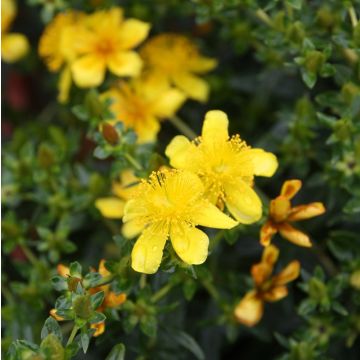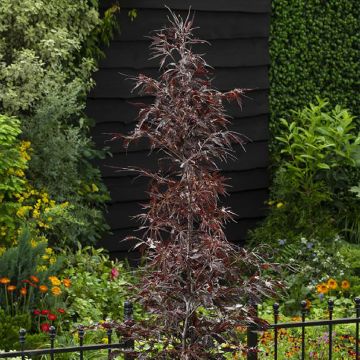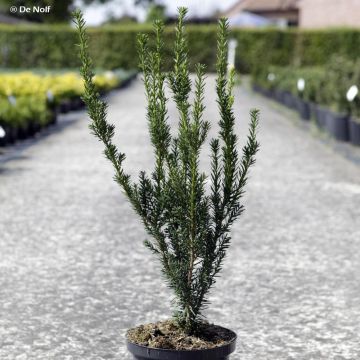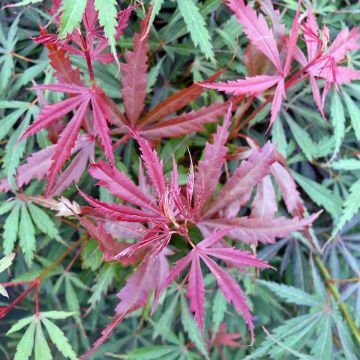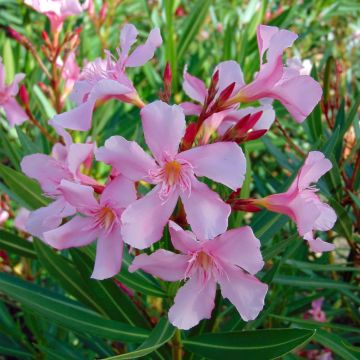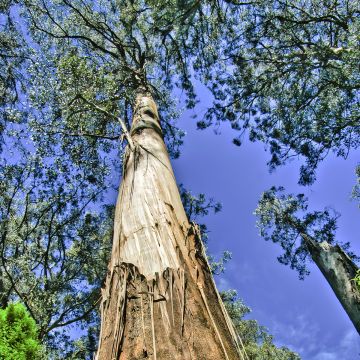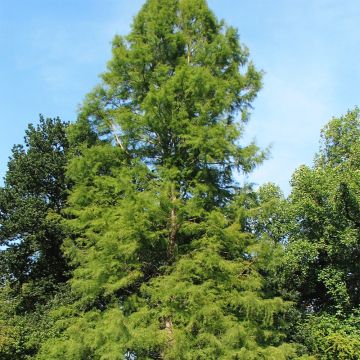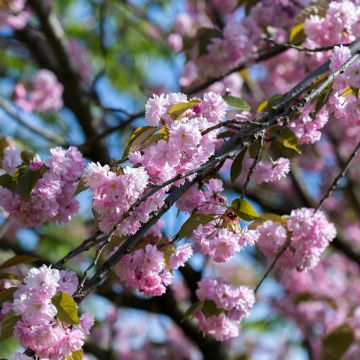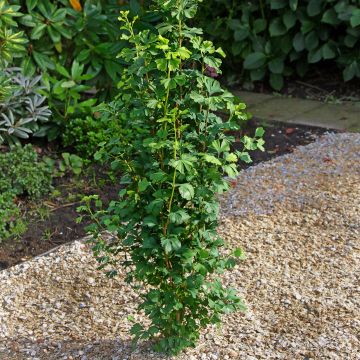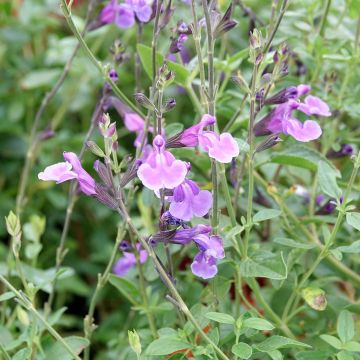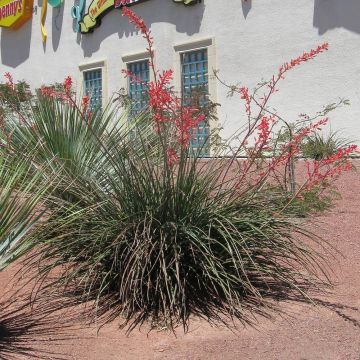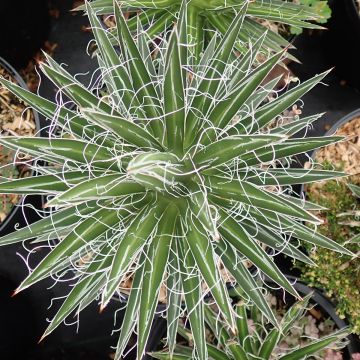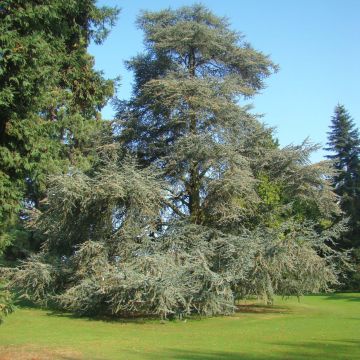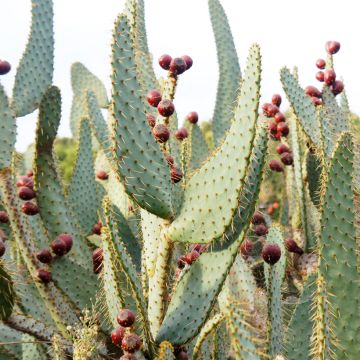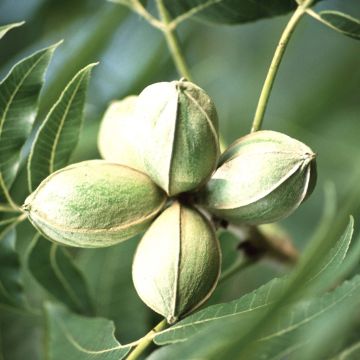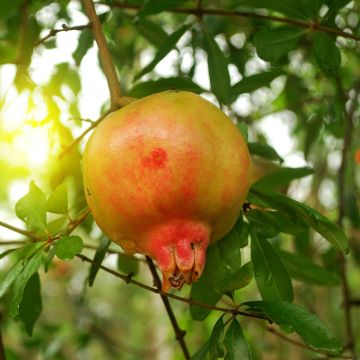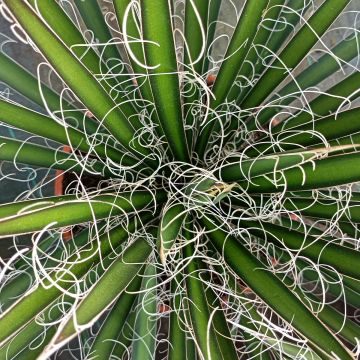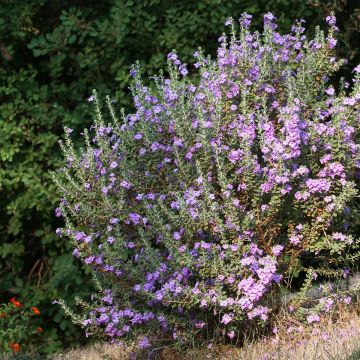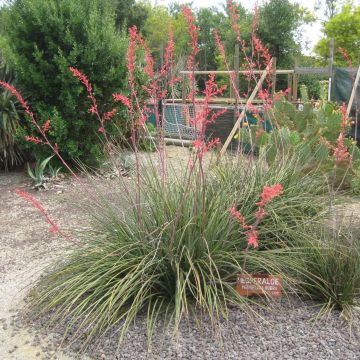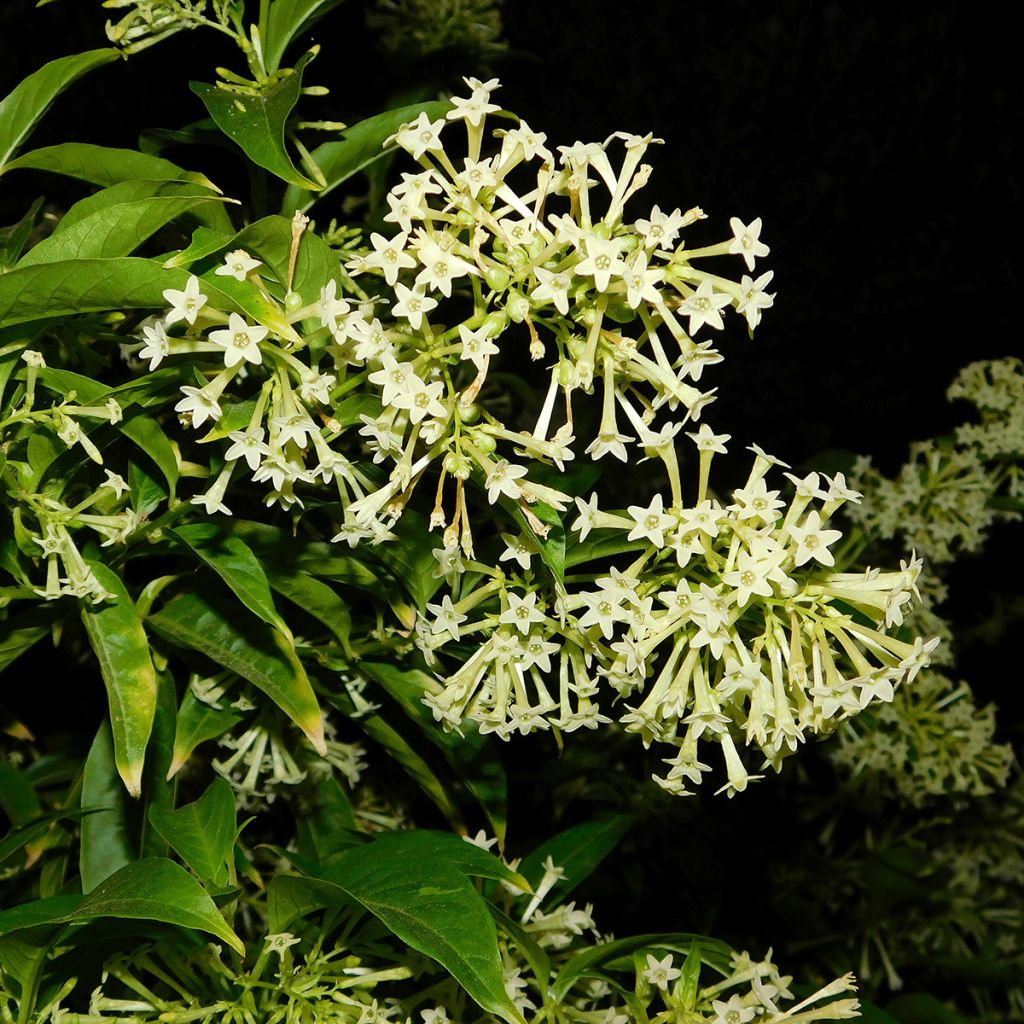

Cestrum nocturnum - Galant de nuit, Cestreau nocturne
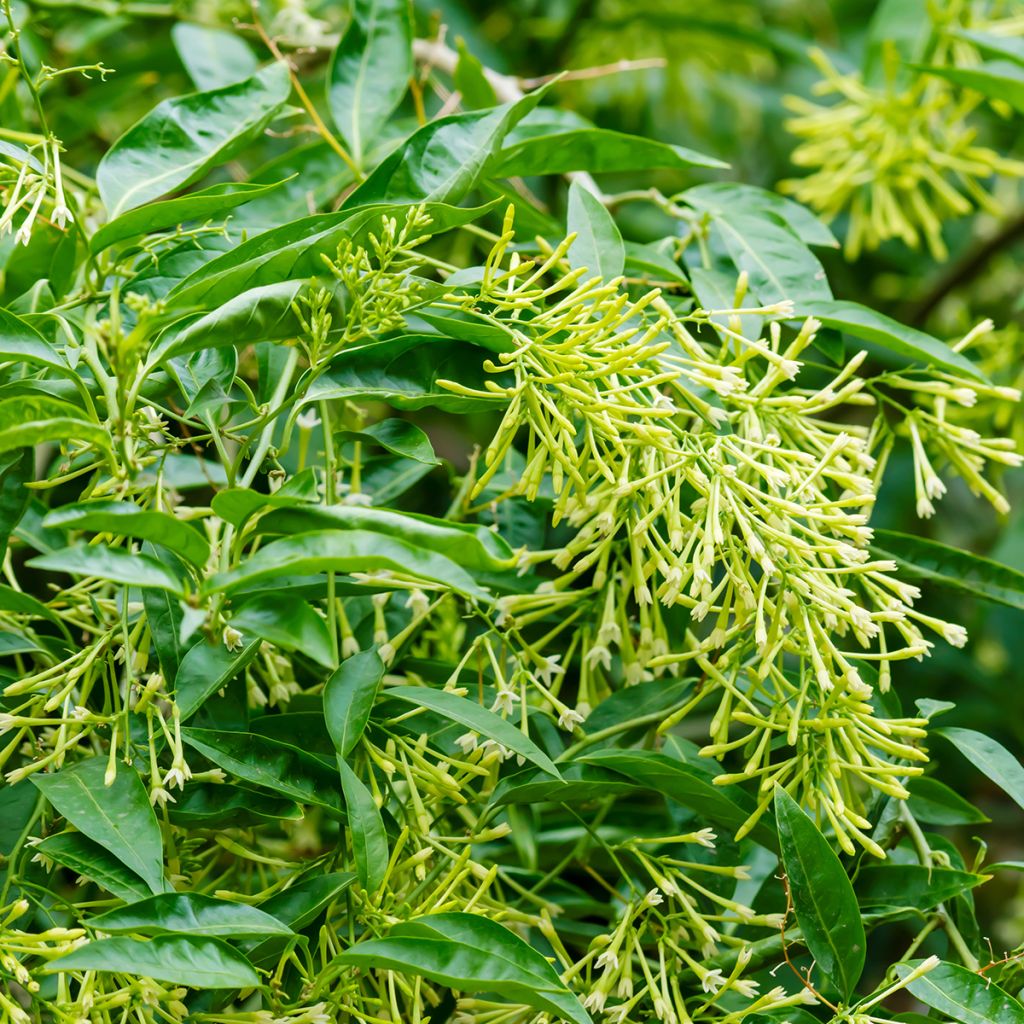

Cestrum nocturnum - Galant de nuit, Cestreau nocturne
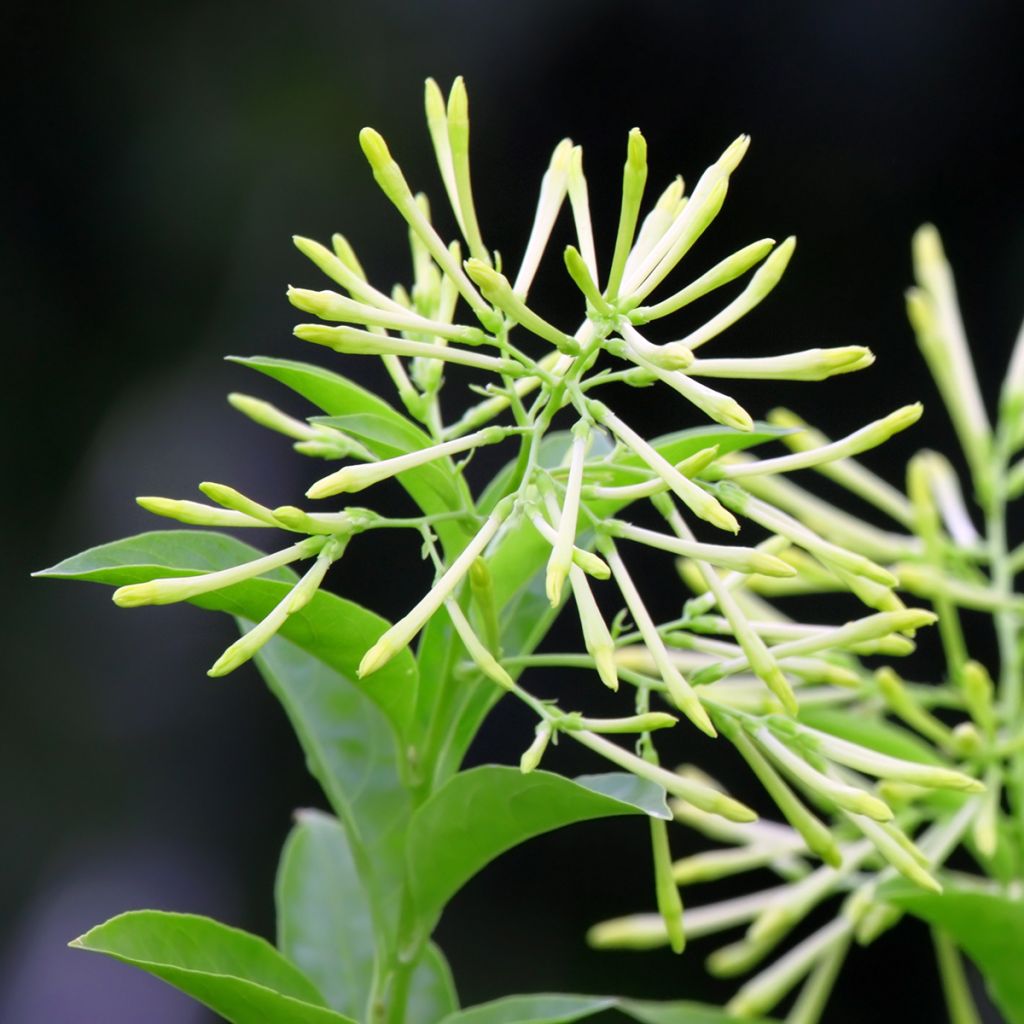

Cestrum nocturnum - Galant de nuit, Cestreau nocturne
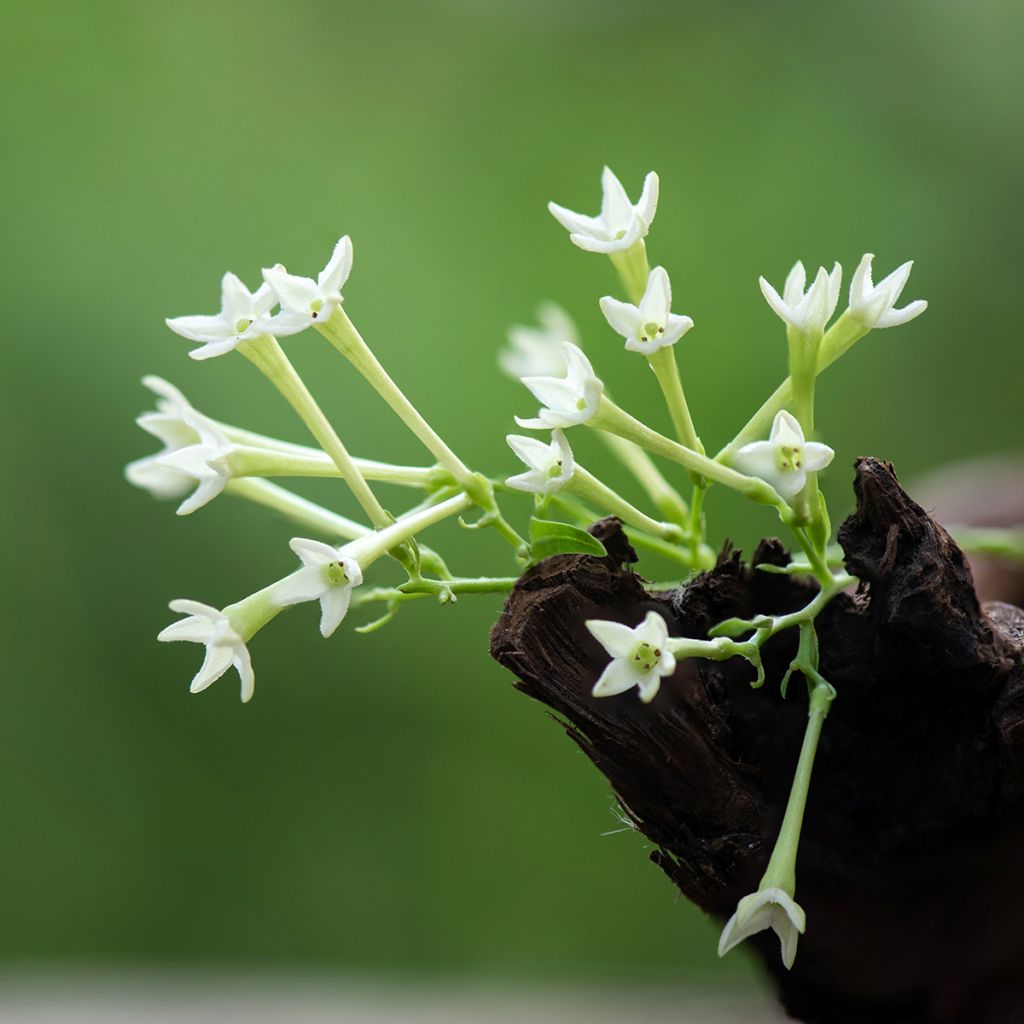

Cestrum nocturnum - Galant de nuit, Cestreau nocturne
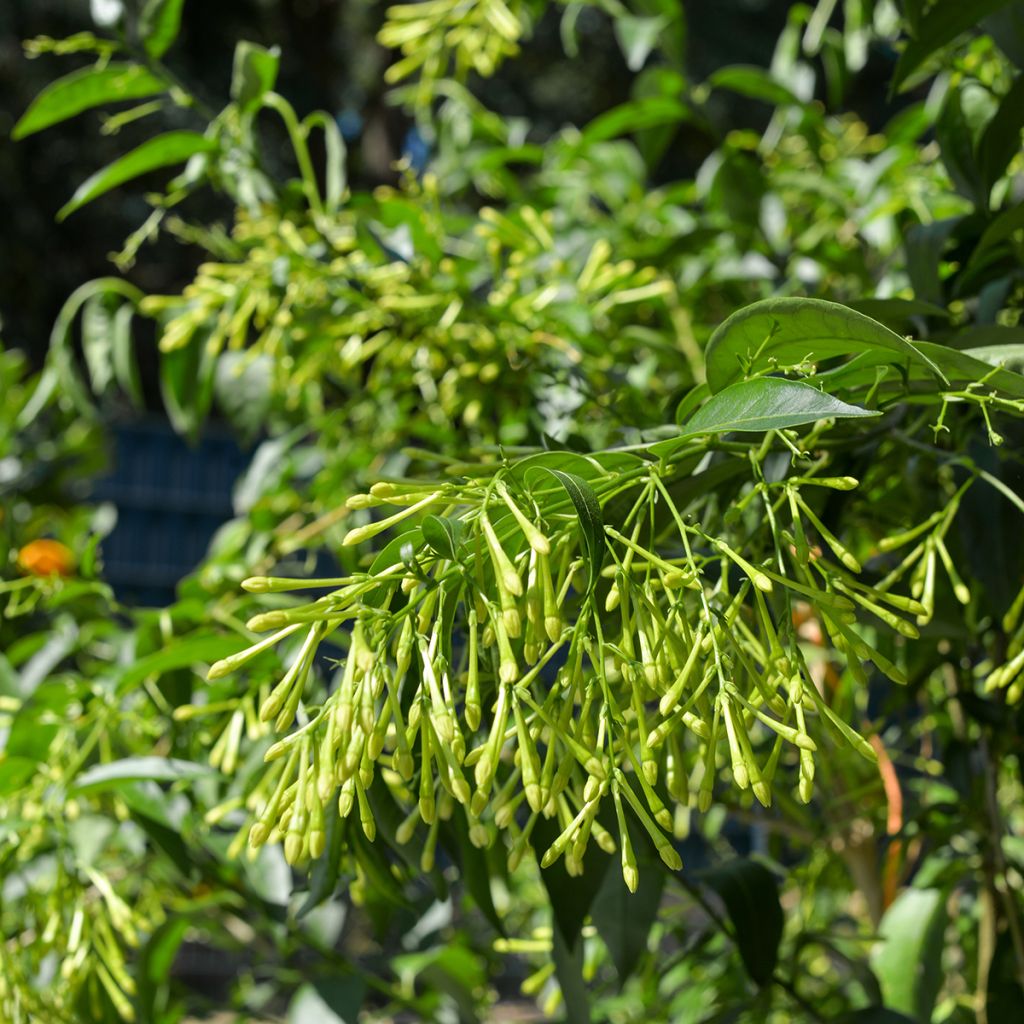

Cestrum nocturnum - Galant de nuit, Cestreau nocturne
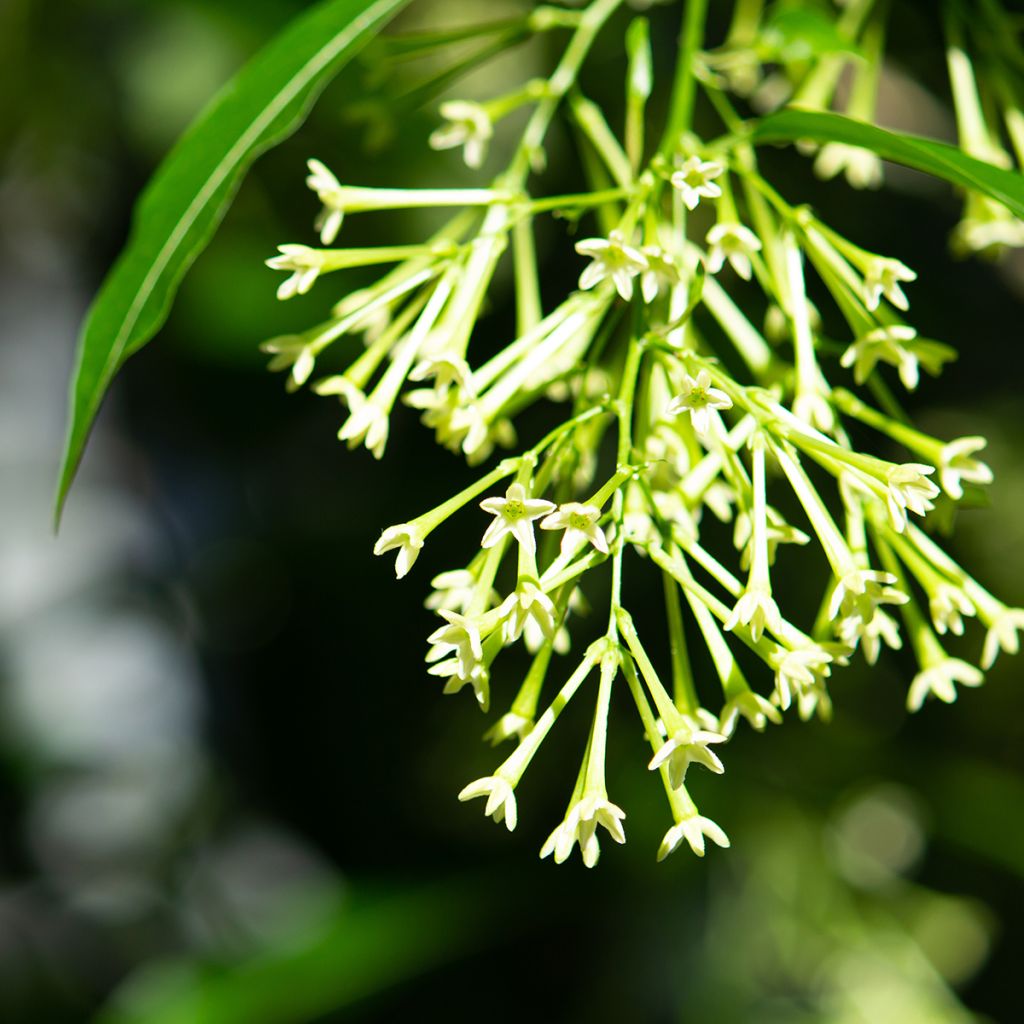

Cestrum nocturnum - Galant de nuit, Cestreau nocturne
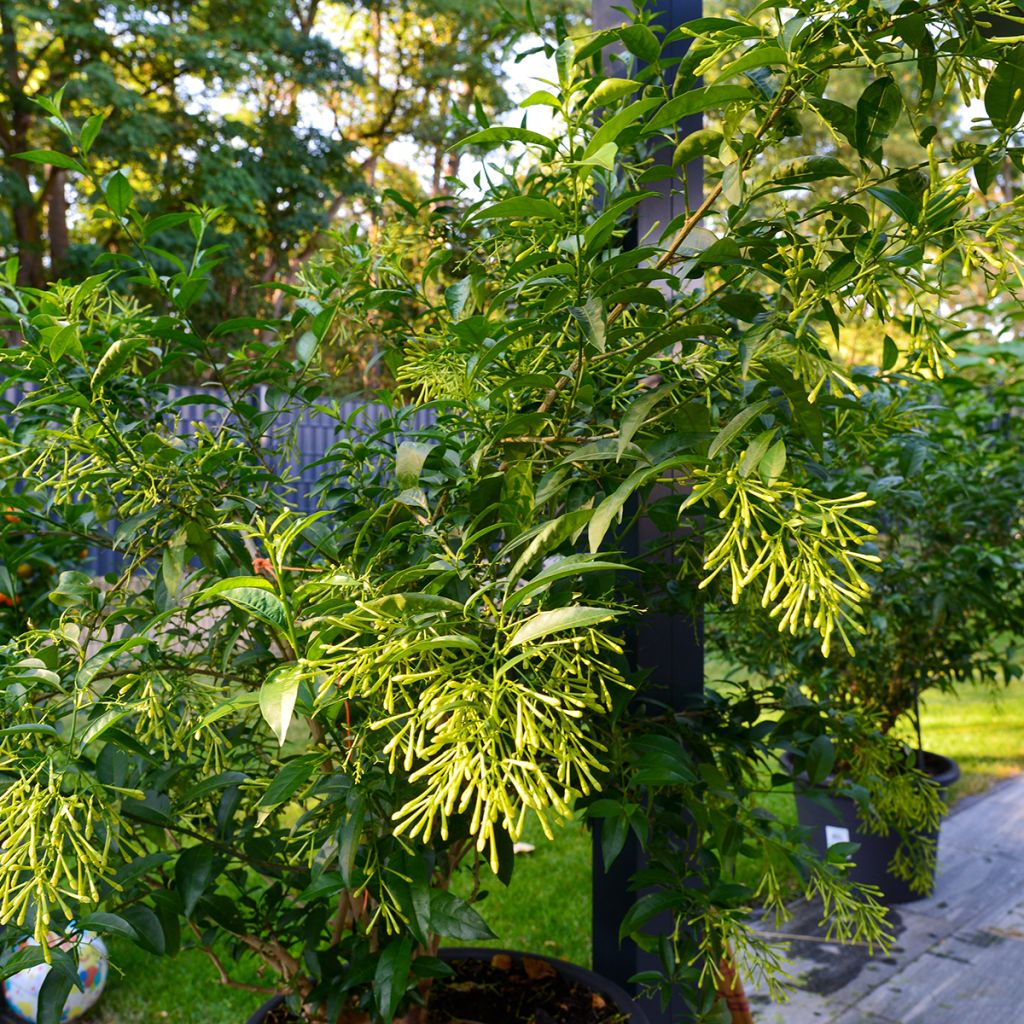

Cestrum nocturnum - Galant de nuit, Cestreau nocturne
Cestrum nocturnum
Cestrum nocturnum
Night-blooming jasmine, Night-blooming Cestrum, Lady of the Night
This item cannot be shipped to the selected country
Delivery charge from €5.90
Delivery charge from €5.90
More information
Schedule delivery date,
and select date in basket
This plant carries a 24 months recovery warranty
More information
We guarantee the quality of our plants for a full growing cycle, and will replace at our expense any plant that fails to recover under normal climatic and planting conditions.
From €5.90 for pickup delivery and €6.90 for home delivery
Express home delivery from €8.90.
From €5.90 for pickup delivery and €6.90 for home delivery
Express home delivery from €8.90.

Does this plant fit my garden?
Set up your Plantfit profile →
Description
The Night-blooming Jasmine, or Night Jasmine, in Latin Cestrum nocturnum, is a bush that releases its intense lime and jasmine scent as soon as night falls. Its summer flowering, while not spectacular, indeed exhales one of the most captivating fragrances in the plant kingdom. Its clusters of delicate greenish flowers bloom abundantly on flexible stems, adorned with elegant foliage. Originating from the Antilles and Central America, this bush loves warmth and dreads the cold. Outside of our mildest regions, it can be cultivated in a large pot that will be wintered like a citrus.
Cestrum nocturnum belongs to the Solanaceae family, just like Daturas, Solanums, and tomatoes. It is a bush of subtropical climates, with foliage that theoretically persists in winter. The above-ground vegetation is destroyed at 0°C, but the stump is capable of regrowing after a brief freeze of around -5°C. The plant initially has an upright habit, then becomes more flexible and open, supported by slightly arched stems. With rapid growth, the night-blooming jasmine reaches about 2m (6ft 7in) in height and 1.80m (5ft 11in) in width when planted in the ground, but maintains more modest dimensions in a pot. The alternate arranged leaves are simple, lanceolate, glossy, and a beautiful bright green on top, lighter underneath. They measure between 6 and 20cm (2.4 and 7.9in). Flowering occurs from summer until early autumn, between July and September-October, depending on the climate and growing conditions. The flowers emerge in terminal clusters and in the axils of the leaves. The clusters are slightly trailing, measuring between 10 and 20cm (3.9 and 7.9in) long. Each flower, green in colour, has the shape of a small tube that opens into a star at its tip. After pollination, small round berries of white colour form. All parts of the plant are toxic if ingested.
The Night-blooming Jasmine is capable of perfuming the entire garden on summer nights, and its scent is often perceived well beyond its boundaries. It should be placed in a sheltered bed or against a sunny wall in favourable climates. Elsewhere, it should be cultivated in a pot so that it can be wintered in a conservatory or in a slightly heated greenhouse, protected from frost. It is not demanding in terms of soil, as long as it is fertile and not too dry in spring and summer. In a garden in the Mediterranean or south Atlantic coastal region, this charming plant will pair very well with Cape Leadwort, an Oleander, or even a Chinese Abelia. A simple bouquet in a glass of water, placed in darkness, will perfume the entire house. Fans of oriental scents will also appreciate Jasmine Sambac, Gardenia, and the tuberose.
Report an error about the product description
Cestrum nocturnum in pictures
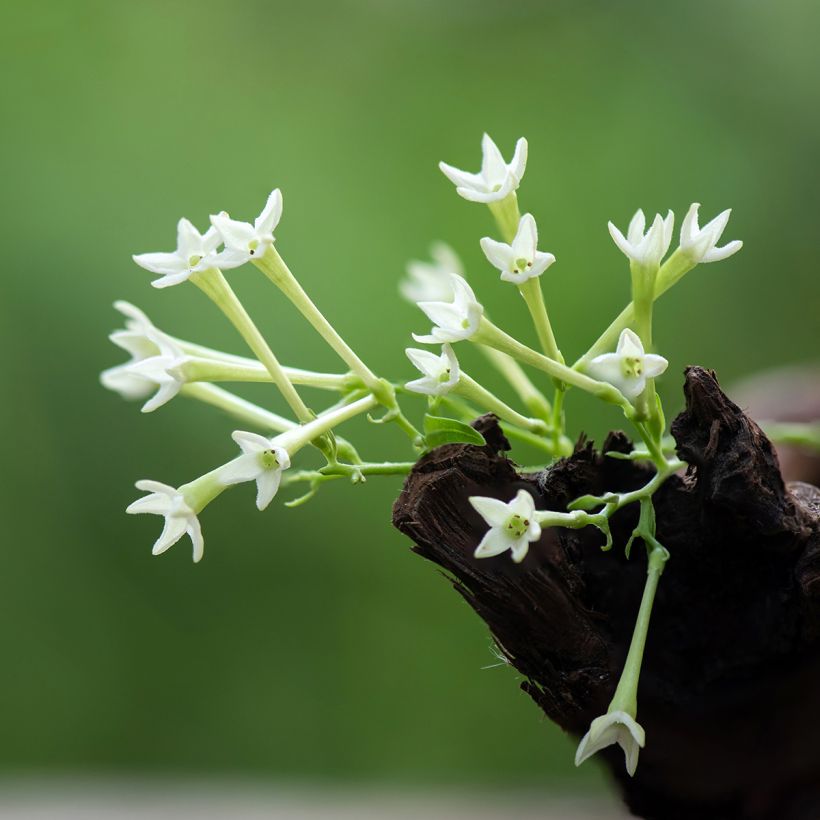

Plant habit
Flowering
Foliage
Botanical data
Cestrum
nocturnum
Solanaceae
Night-blooming jasmine, Night-blooming Cestrum, Lady of the Night
Central America
Other Shrubs A to Z
Planting and care
Cestrum nocturnum is preferably planted in spring, in the sun. It tolerates partial shade in the South. This bush adapts to any ordinary soil, but it must be well-drained, fertile, and rich in organic matter. It needs water from spring until the end of summer. Once established, it can withstand occasional droughts, but it is preferable to water it regularly in summer to promote growth and flowering. The cestrum does not suffer from any specific disease or parasite. However, it is necessary to monitor the appearance of red spiders and whiteflies on plants grown indoors or in a greenhouse. The above-ground vegetation is destroyed when it freezes at 0 °C. But the stump can sprout again in spring after a short frost of around -5 °C. Well-protected under a thick mulch, this stump can sometimes be even hardier, but in rather dry soil in winter. Prune in late winter if necessary. Pruning every 4-5 years helps maintain a bushier habit.
Pot cultivation:
Choose a large volume pot (minimum 30 liters) with drainage holes. Place a layer of clay beads or pot shards at the bottom for good drainage. Use a mixture of garden soil and compost. Water regularly from spring until the end of summer. Bring your pot indoors before the frost in a bright, frost-free location, but with low heating. Reduce watering in winter. Adding organic fertilizer and topping up with compost in spring will be appreciated. Prune in late winter if necessary. Pruning every 4-5 years helps maintain a bushier habit.
Planting period
Intended location
Care
-
, onOrder confirmed
Reply from on Promesse de fleurs
Mediterranean shrubs
Haven't found what you were looking for?
Hardiness is the lowest winter temperature a plant can endure without suffering serious damage or even dying. However, hardiness is affected by location (a sheltered area, such as a patio), protection (winter cover) and soil type (hardiness is improved by well-drained soil).

Photo Sharing Terms & Conditions
In order to encourage gardeners to interact and share their experiences, Promesse de fleurs offers various media enabling content to be uploaded onto its Site - in particular via the ‘Photo sharing’ module.
The User agrees to refrain from:
- Posting any content that is illegal, prejudicial, insulting, racist, inciteful to hatred, revisionist, contrary to public decency, that infringes on privacy or on the privacy rights of third parties, in particular the publicity rights of persons and goods, intellectual property rights, or the right to privacy.
- Submitting content on behalf of a third party;
- Impersonate the identity of a third party and/or publish any personal information about a third party;
In general, the User undertakes to refrain from any unethical behaviour.
All Content (in particular text, comments, files, images, photos, videos, creative works, etc.), which may be subject to property or intellectual property rights, image or other private rights, shall remain the property of the User, subject to the limited rights granted by the terms of the licence granted by Promesse de fleurs as stated below. Users are at liberty to publish or not to publish such Content on the Site, notably via the ‘Photo Sharing’ facility, and accept that this Content shall be made public and freely accessible, notably on the Internet.
Users further acknowledge, undertake to have ,and guarantee that they hold all necessary rights and permissions to publish such material on the Site, in particular with regard to the legislation in force pertaining to any privacy, property, intellectual property, image, or contractual rights, or rights of any other nature. By publishing such Content on the Site, Users acknowledge accepting full liability as publishers of the Content within the meaning of the law, and grant Promesse de fleurs, free of charge, an inclusive, worldwide licence for the said Content for the entire duration of its publication, including all reproduction, representation, up/downloading, displaying, performing, transmission, and storage rights.
Users also grant permission for their name to be linked to the Content and accept that this link may not always be made available.
By engaging in posting material, Users consent to their Content becoming automatically accessible on the Internet, in particular on other sites and/or blogs and/or web pages of the Promesse de fleurs site, including in particular social pages and the Promesse de fleurs catalogue.
Users may secure the removal of entrusted content free of charge by issuing a simple request via our contact form.
The flowering period indicated on our website applies to countries and regions located in USDA zone 8 (France, the United Kingdom, Ireland, the Netherlands, etc.)
It will vary according to where you live:
- In zones 9 to 10 (Italy, Spain, Greece, etc.), flowering will occur about 2 to 4 weeks earlier.
- In zones 6 to 7 (Germany, Poland, Slovenia, and lower mountainous regions), flowering will be delayed by 2 to 3 weeks.
- In zone 5 (Central Europe, Scandinavia), blooming will be delayed by 3 to 5 weeks.
In temperate climates, pruning of spring-flowering shrubs (forsythia, spireas, etc.) should be done just after flowering.
Pruning of summer-flowering shrubs (Indian Lilac, Perovskia, etc.) can be done in winter or spring.
In cold regions as well as with frost-sensitive plants, avoid pruning too early when severe frosts may still occur.
The planting period indicated on our website applies to countries and regions located in USDA zone 8 (France, United Kingdom, Ireland, Netherlands).
It will vary according to where you live:
- In Mediterranean zones (Marseille, Madrid, Milan, etc.), autumn and winter are the best planting periods.
- In continental zones (Strasbourg, Munich, Vienna, etc.), delay planting by 2 to 3 weeks in spring and bring it forward by 2 to 4 weeks in autumn.
- In mountainous regions (the Alps, Pyrenees, Carpathians, etc.), it is best to plant in late spring (May-June) or late summer (August-September).
The harvesting period indicated on our website applies to countries and regions in USDA zone 8 (France, England, Ireland, the Netherlands).
In colder areas (Scandinavia, Poland, Austria...) fruit and vegetable harvests are likely to be delayed by 3-4 weeks.
In warmer areas (Italy, Spain, Greece, etc.), harvesting will probably take place earlier, depending on weather conditions.
The sowing periods indicated on our website apply to countries and regions within USDA Zone 8 (France, UK, Ireland, Netherlands).
In colder areas (Scandinavia, Poland, Austria...), delay any outdoor sowing by 3-4 weeks, or sow under glass.
In warmer climes (Italy, Spain, Greece, etc.), bring outdoor sowing forward by a few weeks.

































